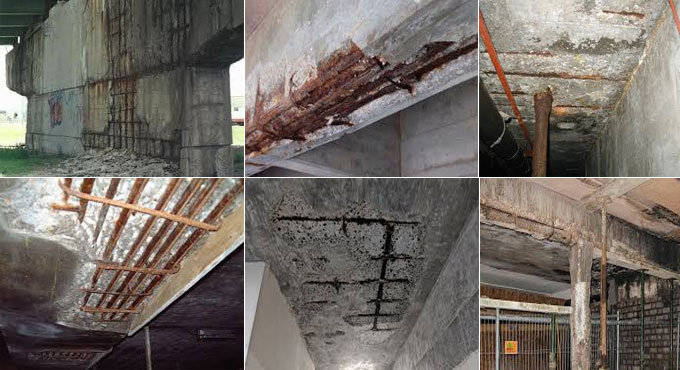
How to Design Durable Concrete Structures
Satisfactory concrete durability can be acquired in the plan stage when a structure is considered, and basic computations are made, subtleties are planned, materials and their extents, as well as could be expected extra protection measures, are chosen.
Avoidance is additionally emerged as the concrete is readied, set, compacted, and restored. It would proceed all through the whole assistance life of the structure, with modified examinations, observing, and support.
These plan and development measures guarantee sufficient basic opposition against chloride activity, inappropriate development process, deficient concrete spread, and insufficient use of development materials, for example, concrete and added substances, which are not appropriate for explicit forceful conditions.
Durability is the capacity of the structure to withstand enduring activities, scraped area, concoction assaults, or some other types of concrete disintegration.
As durability relies on porousness. It is fundamental to control parameters influencing penetrability.
Along these lines, it is important to set down admissible cutoff points for parameters like least cementitious material substance, greatest water to solidify proportion, most extreme brake width and degree of spread to fortification, and so on relying on the introduction condition.
1. Ideal Cementitious Materials Content and W/C Ratio: It is important to utilize ideal cementitious materials to make concrete strong. Low materials content risks the quality of the basic components where high cementitious materials would build the chance of shrinkage, which regularly lessen concrete durability.
Concerning the W/C proportion, the lower the water to solidify proportion, the better to diminish concrete porousness and thus upgrade durability. Table 1 gives suggested least cementitious material substance and most extreme water to solidify proportionally dependent on the presentation conditions.
2. Least Clear Concrete Cover: Concrete spread is liable for shielding steel bars from hindering impacts of carbonation, chloride, fire, and other outer dangers; that is the reason sufficient concrete spread thickness is pivotal to keep up concrete durability.
Table 3 presents the base suggested values for concrete spread for various basic components in various introduction conditions.
While structuring, it ought to be guaranteed that spread doesn't surpass 2.5 occasions the breadth of the fortifying bar. On the off chance that the concrete spread is increasing, chicken work might be given in concrete to keep the concrete in position.
3. Flexural Crack Width: It is important to control the break width to secure steel rebar against consumption. The break width is constrained by diminishing shrinkage, and conveying the fortification over the zone of greatest concrete pressure, consistently, and utilizing littler distance across bars.
Concrete with low warmth of hydration and not very fine ought to be utilized. The prescribed estimation of most extreme split widths to be considered during configuration are to be considered as guidelines.
4. Concrete Placement: Legitimate arrangement of concrete is fundamental to accomplish amazing durability. This on the grounds that legitimate position and sufficient union of concrete would dispense with voids or shakes pockets that may shape in concrete.
Moreover proper placement and pouring of the concrete ensures that the structure is being built exactly according to specifications.
5. Appropriate Curing: The utilization of a proper relieving technique is basic to accomplish sufficient durability. This is on the grounds that it guarantees that concrete acquires assigned quality.
Dampness and stickiness assume a huge job during the relieving time frame to keep adequate hydration of cementitious materials and maintain a strategic distance from shrinkage and ensuing splitting.


